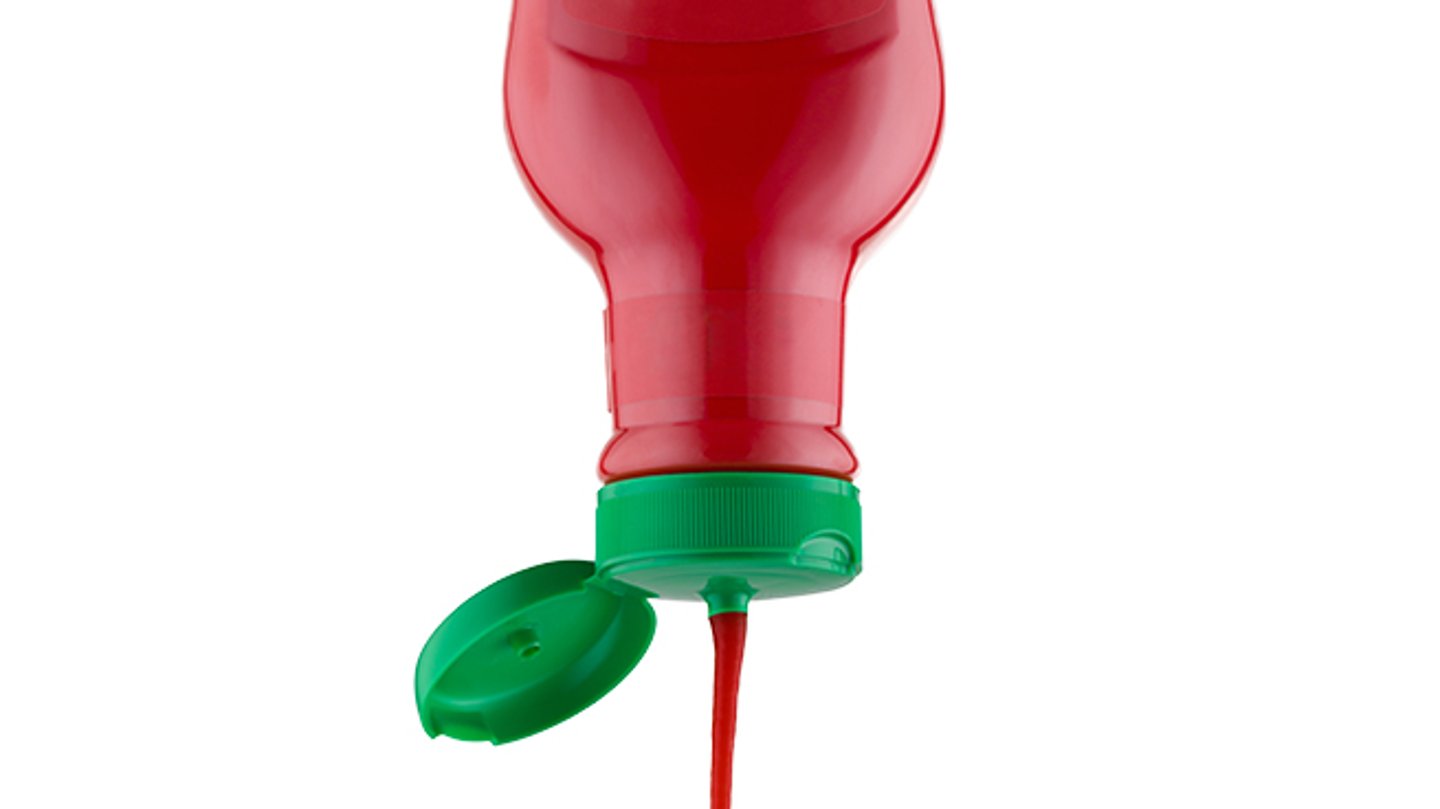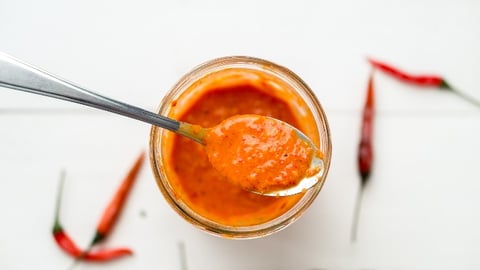Canadians' sauce consumption on the rise
Things are getting saucy in the grocery aisles.
In Canada, sauce consumption increased by 5% in 2022, according to Kathy Perrotta, vice-president of marketing strategy and understanding at Ipsos Canada. Much of the growth came from marinades and hot sauces, which are increasingly popping up around dinner occasions.
Increased use of sauces is driven by multiple factors that range from growing consumer demand for personalization to more at-home eating – leading people to seek affordable and effective ways to add pizzazz to their meals – as well as Canada’s increasingly diverse population.
Embracing global influences
Canada welcomed a record 431,000 new permanent residents last year, many from Asia and India. According to Statistics Canada, immigrants could comprise between 29% and 34% of the population by 2041. These consumers are looking to recreate the flavours of their homelands.
“I like to think of the sauce and condiment aisle as a sort of reflection of Canadian society,” says Perrotta. “The way we were – ketchup, mustard, relish – [is markedly different] to the way the population looks today. There are more options to fit simple meal solutions and make the flavours pop.”
Enter Vancouver’s Naked & Saucy, a company that specializes in soy-free versions of teriyaki, sweet Thai chili and vegan oyster sauce. Founder and CEO Paul Gill says the steady rise of Canada’s ethnic population has been a major contributor to the company’s growth.
Created nearly 10 years ago when Gill was looking for an alternative for his nephew, who had a soy allergy, Naked & Saucy’s lineup now includes seven sauces. The company’s products are available at more than 3,000 grocery stores across the country and Gill expects sales to hit about $4 million this year, up from $1.5 million two years ago.
Naked & Saucy has plans to introduce a line of ethnic simmer sauces that will include a butterless chicken, vindaloo, and both Japanese and Thai curry sauces. Also in the works is a line of four organic dressings that will bring the company’s product roster to 15 sauces/dressings.
"We’ve grown by a ridiculous amount,” says Gill of the brand’s success. Ethnic sauces, he adds, have been “blowing up” for the past couple of years. “The continuing multicultural makeup of the country is definitely driving demand.”
Back to basics
Digs Dorfman, CEO of Toronto organic grocer The Sweet Potato, says sauces and condiments are selling between 10% to 12% better than they were a few years ago. He attributes the newfound popularity of natural and organic sauces, specifically, to vastly improved flavour. “I remember how terrible the organic ketchup we used to have was,” he says, not to mention how expensive it was. “Now, there are several brands on the market that taste amazing and are reasonably priced.”
In recent years there have been a growing number of options hitting store shelves that cater to specific dietary needs – sugar-free, keto, soy-free, saltfree, gluten-free, vegan, etc. “That stuff has always been around, but there’s a lot more of it coming to market than I’ve ever seen before,” he says.
Dorfman is a huge fan of Nona Vegan, an Ontario company specializing in refrigerated authentic Italian sauces including alfredo and carbonara. “The alfredo sauce tastes so cheesy and creamy it’s hard to believe there’s no dairy in it,” he says.
Mike Longo, chief merchandising officer for Longo’s stores in Ontario, says the sauce and condiment category is “booming,” and its upward trajectory is just beginning. Customers are seeking new flavours to enhance their everyday dining, while also discovering foods from different cultures, he says.
The retailer is also seeing heightened consumer interest in cleaner labels, aligning with a broad-based interest in healthier eating. “Premium sauces are on the rise because they tend to have a cleaner list of ingredients,” says Longo, noting sauce brands such as Fody Foods and Chosen Foods that boast a roster of gut-friendly products.
Turning up the heat
Another category that Longo says is currently “on fire” is hot sauce. “The rapid increase in popularity has been staggering, and shows no signs of slowing down,” he says. At Longo’s stores, the category’s growth is being driven, in part, by artisan brands such as Mississauga, Ont.’s vegan and keto-friendly Four Fathers, and Toronto’s No Refund. The latter was developed by restaurateur Adam Brown after he grew tired of customers sending back the “suicide” wing sauces he developed for being too hot.
No Refund sauces come in flavours including No Plain Jayne (made with red Scotch bonnet and ghost peppers), 4-Alarm (Scotch bonnet, habanero and pepperoncini peppers) and Adam’s sauce (Scotch bonnet, habanero and bhut jolokia peppers). All of No Refund’s hot sauces feature a cheeky label that reads “Too hot? Too bad.”
Valerie Nolet, senior brand manager with Quebec-based I-D Foods – a distributor of brands such as Patak’s, Tabasco, Nando’s and Rao’s Homemade – says sales of Tabasco Brand Sriracha Sauce quadrupled last year. “We saw a lot of consumers trying the Tabasco sriracha and potentially not going back to other brands,” says Nolet.
The McIlhenny Company, the Louisiana-based maker of Tabasco, launched an easier to use squeeze bottle format for both its Tabasco Brand Sriracha Sauce and Tabasco Brand Sweet and Spicy Sauce last year. “Even though people tried it and enjoyed the taste, they were unsure of how to use the product,” says Nolet of the decision to introduce a squeeze bottle, which enables users to drizzle the sauce over food rather than dabbing it. The change, she says, “really helped the product.”
Fighting inflation with flavour
It’s not all gravy, however. Last year saw some softness in condiments with year-over-year consumption falling by about 6%. According to Perrotta at Ipsos, the decline is largely attributable to declines in mayonnaise and salad dressings, caused by consumers moving away from the higher-priced grocery items with which they’re typically associated, such as salads and eggs.
Consumers are also swapping out increasingly expensive animal proteins in favour of meals built around cheaper ingredients such as rice and pasta, or one-pot meals requiring less expensive cuts of meat. “[Sauces] are a way of making them more interesting and exciting as a main dish,” says Perrotta. “They can provide uniqueness to kind of a bland, post-food carrier [for example, rice and pasta] and can provide a level of experience and personalization.”
Amar Singh, principal analyst at Kantar, predicts considerable growth for private-label sauces in the coming months as Canadians continue to grapple with higher food prices. “Shoppers throughout 2023 are going to be more cognizant of price and more cautious about the price they’re paying at shelf,” he says.”
While some of the chatter around the grocery industry pre-pandemic was focused on the decline of centre aisles sales – the home of sauces and condiments – Perrotta says they’ve come roaring back as fresh food prices have soared.
“We have to be mindful that there is probably more cost efficiency in the centre of the store than there is in the perimeter: Vegetables, dairy, eggs are where the inflation is happening. People who have rediscovered the pantry and the centre aisles are finding value,” she says.
This article was first featured in Canadian Grocer’s February 2023 issue.



